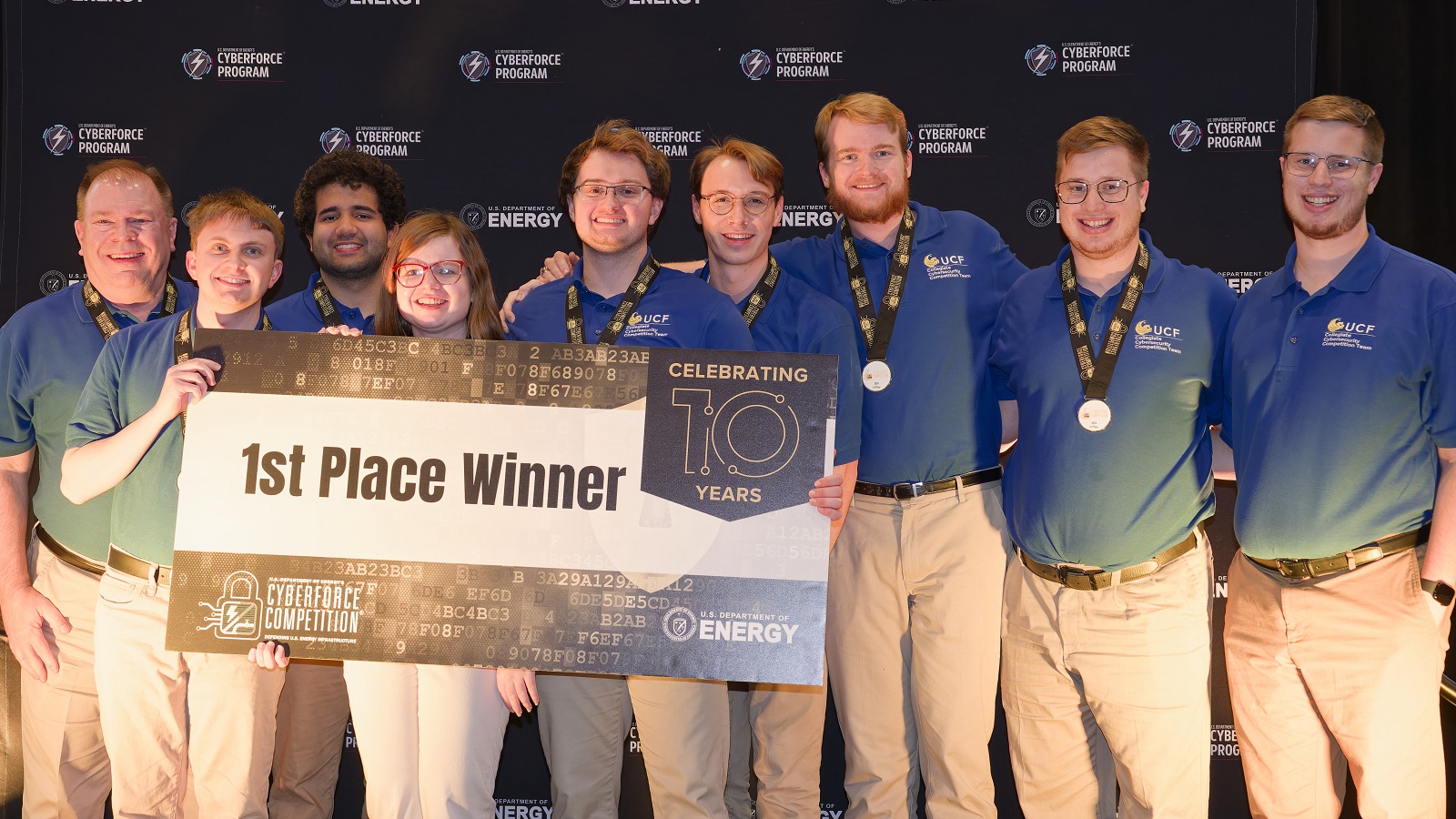With the support of a prestigious $542,813 National Science Foundation Faculty Early Career Development (CAREER) grant, physicist Trevor David Rhone is turning to artificial intelligence to help determine which combination of elements might form new materials with interesting properties for advancing both scientific understanding and technological applications, such as data storage, spintronics, and quantum computing.
Hidden within the astronomically large number of potential materials candidates are yet to be discovered materials with novel properties. Which is the right combination of elements that will produce a material with a desired property? Are there materials with entirely new and surprising behaviors? The accelerated materials discovery approach being developed by Rhone, an assistant professor of physics at Rensselaer Polytechnic Institute, will attempt to address these questions and more. His work has the potential to dramatically speed up the materials discovery process and will identify materials with properties that enable new applications.
“How do you efficiently explore the entire space of possibilities? That’s the challenge,” Rhone said. “The exploration of materials space could represent a new frontier of scientific discovery, with many challenges but many more opportunities.”
Conventionally, the discovery of a new material with specialized properties requires a time-consuming effort that often involves first-principles quantum calculations and materials synthesis before characterization and verification of predicted properties with experiments. Alternatively, it may involve a serendipitous observation followed by a painstaking series of systematic experiments and computations.
One property that interests Rhone is magnetism. In simple terms, the magnetism of a material is controlled by the so-called spin of its electrons. To visualize spin, it’s helpful to imagine the atoms in a material as billiard balls, each with a single arrow projecting from the ball, which represents the direction of the spin of an electron. Magnetism arises when spins align. A random ordering of spins does not give rise to magnetism.
Atomically thin or two-dimensional materials, also called van der Waals materials, can exhibit different properties than their bulk cousins — like the difference between graphene and graphite. This makes their behavior even harder to study.
Some theories predicted that 2D materials could not exhibit magnetism, but since discovery of the first magnetic 2D material in 2017, the search for more of them has been intensifying. However, magnetism can manifest in many different ways, and some are more useful than others. For instance, magnetic ordering may only arise below a certain critical temperature. The value of the critical temperature varies from material to material. For real-world applications, it is desirable to have this critical temperature above room temperature. This represents an additional challenge for materials discovery.
Yet another challenge is understanding how the properties of a material are related to the properties of its constituent atoms. There are myriad materials characteristics, such as the chemical composition and atomic position, which may or may not be linked to a target property like magnetism.
“The remarkable thing about computers is that they can find patterns in data comprising a large number of dimensions or characteristics,” Rhone said. “My plan is to combine existing databases, in addition to data from in-house simulations and experiments, with AI to search for those ‘hidden’ patterns that will shed light on a material’s behavior.”
In a 2020 paper published in Nature Scientific Reports, Rhone tested his approach, calculating the structures of 200 materials (requiring over six months of time on a supercomputer), and then used machine learning to leverage those structures into predictions of more than 4,000 additional structures with a reasonable accuracy (requiring only seconds on a personal computer). His new project will make predictions based on known structures gathered from databases such as those made possible through the government-funded Materials Project, which currently houses open-access entries on more than 130,000 inorganic compounds, as well as the results of additional targeted quantum calculations.
“Given the astronomical number of possible combinations and potential bonding arrangements of atoms, it is reasonable to expect that fascinating new materials with properties that enable new applications and new technologies are waiting to be discovered. Trevor’s work will undoubtedly accelerate that process, and we congratulate him on this significant recognition of his groundbreaking work,” said Curt Breneman, dean of the Rensselaer School of Science.
About Rensselaer Polytechnic Institute
Founded in 1824, Rensselaer Polytechnic Institute is America’s first technological research university. Rensselaer encompasses five schools, 32 research centers, more than 145 academic programs, and a dynamic community made up of more than 7,900 students and over 100,000 living alumni. Rensselaer faculty and alumni include more than 145 National Academy members, six members of the National Inventors Hall of Fame, six National Medal of Technology winners, five National Medal of Science winners, and a Nobel Prize winner in Physics. With nearly 200 years of experience advancing scientific and technological knowledge, Rensselaer remains focused on addressing global challenges with a spirit of ingenuity and collaboration. To learn more, please visit www.rpi.edu.



